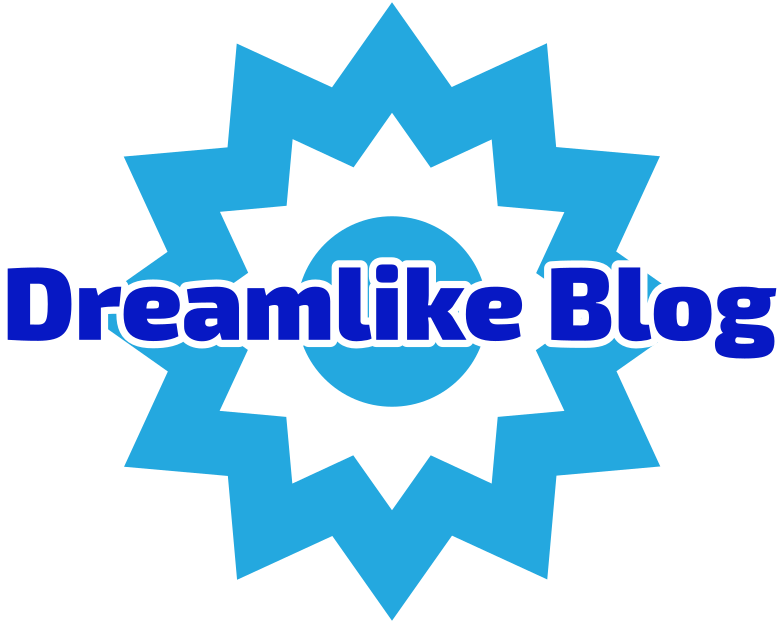In the realm of modern printing technology, laser printers have gained significant popularity due to their speed, efficiency, and high-quality output. However, while they offer numerous advantages, it is essential to consider the potential disadvantages that may accompany their use. This article delves into the less-discussed drawbacks of laser printing, providing a comprehensive understanding for businesses and individuals contemplating this technology.
- Initial Investment and Maintenance Costs
One of the most significant disadvantages of laser printers is the initial investment required. Compared to inkjet printers, laser printers tend to have a higher upfront cost. This can be a barrier for small businesses or individuals with limited budgets. Additionally, while laser printers are designed for longevity, their maintenance can be costly. Components such as toner cartridges, drum units, and fuser assemblies may need replacement over time, leading to unexpected expenses.
- Toner Limitations and Environmental Concerns
Laser printers utilize toner, a fine powder that can produce sharp text and images. However, toner cartridges can be expensive, and their yield may not always meet user expectations. Users may find themselves frequently replacing cartridges, especially in high-volume printing scenarios. Moreover, the environmental impact of toner production and disposal is a growing concern. Unlike inkjet cartridges, which can sometimes be recycled, toner cartridges often end up in landfills, contributing to environmental pollution.
- Print Quality on Various Media
While laser printers excel at producing crisp text and graphics on standard paper, they may struggle with certain media types. For instance, printing on glossy or textured paper can result in subpar quality. This limitation can be particularly problematic for businesses that require high-quality marketing materials or presentations. Users may need to invest in specialized printers or additional equipment to achieve the desired results on diverse media.
- Size and Portability
Another disadvantage of laser printers is their size and weight. Many laser printers are bulkier than their inkjet counterparts, making them less suitable for small office spaces or home environments. Portability can also be an issue; users who need to print documents on the go may find laser printers cumbersome to transport. This lack of flexibility can be a significant drawback for professionals who require mobility in their printing solutions.
- Warm-Up Time and Speed Variability
Although laser printers are known for their speed, they often require a warm-up period before they can start printing. This can be frustrating for users who need immediate access to printed documents. Additionally, while laser printers can handle high-volume printing efficiently, their speed may vary depending on the complexity of the print job. For instance, printing detailed graphics or color images can slow down the process, negating the speed advantage that laser printers typically offer.
- Limited Color Range
While color laser printers have made significant advancements, they still face limitations compared to inkjet printers in terms of color accuracy and vibrancy. For businesses that rely on precise color matching for branding or marketing materials, this can be a critical disadvantage. Inkjet printers often provide a wider color gamut, making them a better choice for projects that demand high fidelity in color reproduction.
Conclusion
In conclusion, while laser printers offer numerous benefits, it is crucial to weigh these against their potential disadvantages. From initial costs and maintenance to limitations in print quality on various media, environmental concerns, and portability issues, understanding these drawbacks can help users make informed decisions. For businesses and individuals alike, a thorough assessment of printing needs and priorities is essential in determining whether a laser printer is the right choice. By considering both the advantages and disadvantages, users can optimize their printing solutions to align with their specific requirements and goals.
